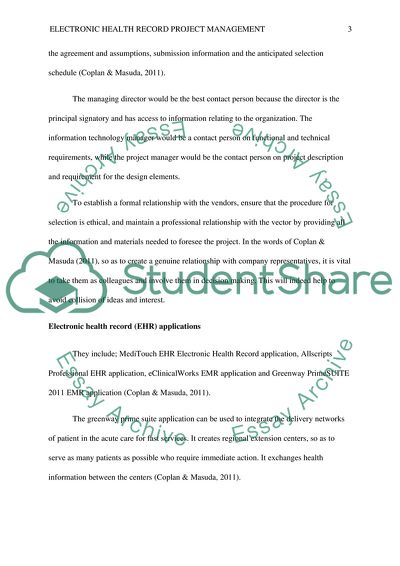Cite this document
(Informatics Task2 Research Paper Example | Topics and Well Written Essays - 1000 words, n.d.)
Informatics Task2 Research Paper Example | Topics and Well Written Essays - 1000 words. https://studentshare.org/medical-science/1780656-electronic-health-record-project-management
Informatics Task2 Research Paper Example | Topics and Well Written Essays - 1000 words. https://studentshare.org/medical-science/1780656-electronic-health-record-project-management
(Informatics Task2 Research Paper Example | Topics and Well Written Essays - 1000 Words)
Informatics Task2 Research Paper Example | Topics and Well Written Essays - 1000 Words. https://studentshare.org/medical-science/1780656-electronic-health-record-project-management.
Informatics Task2 Research Paper Example | Topics and Well Written Essays - 1000 Words. https://studentshare.org/medical-science/1780656-electronic-health-record-project-management.
“Informatics Task2 Research Paper Example | Topics and Well Written Essays - 1000 Words”. https://studentshare.org/medical-science/1780656-electronic-health-record-project-management.


